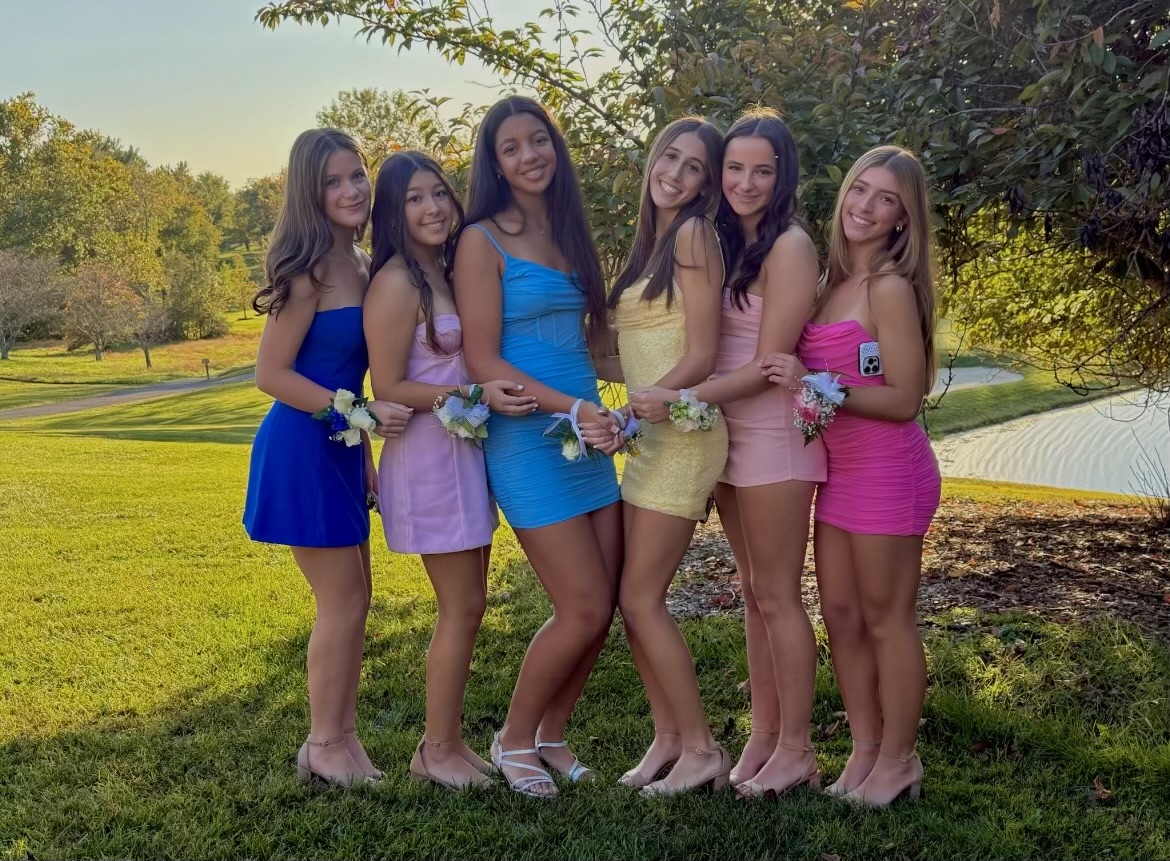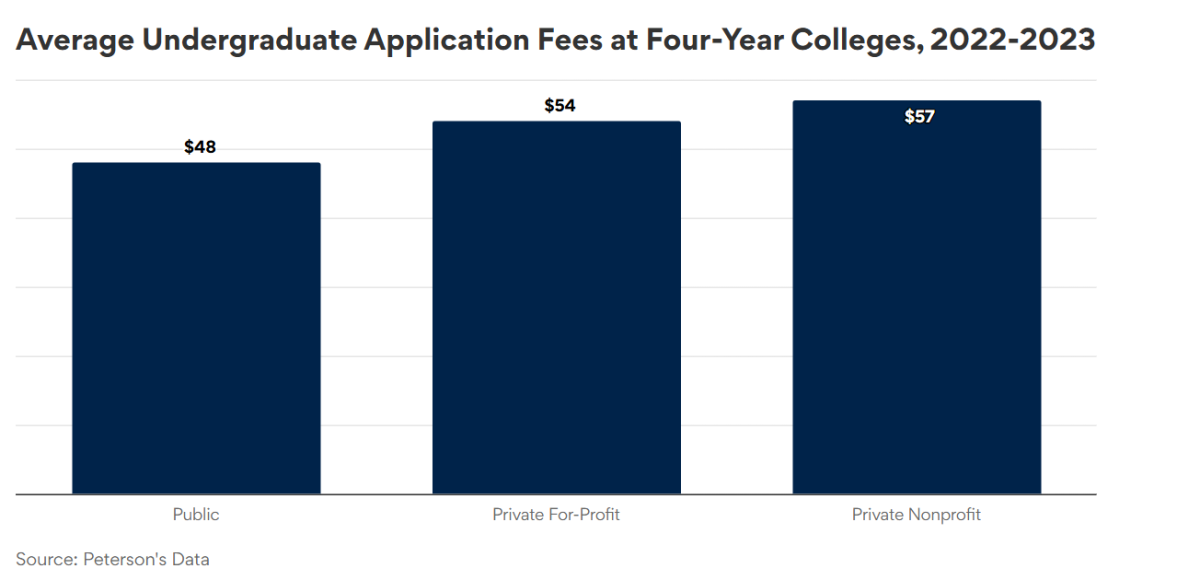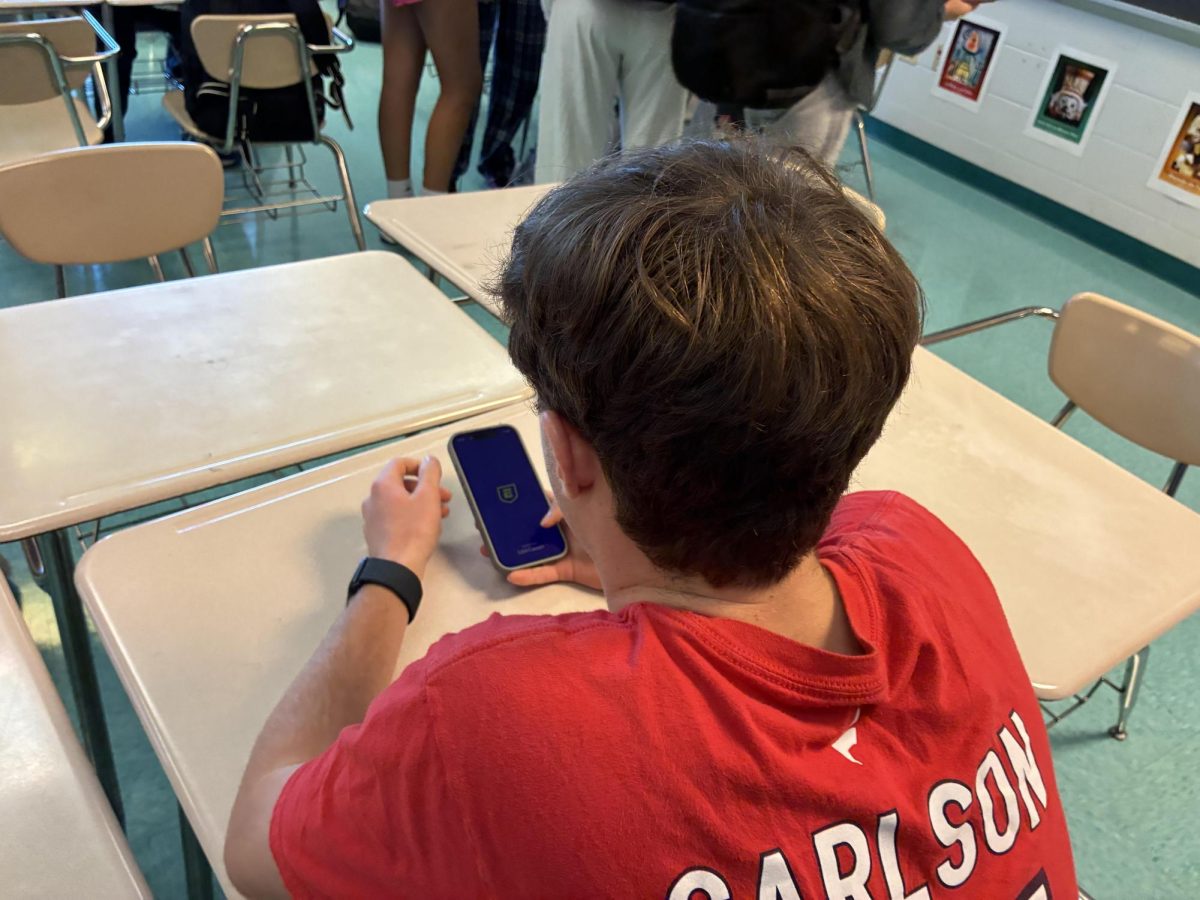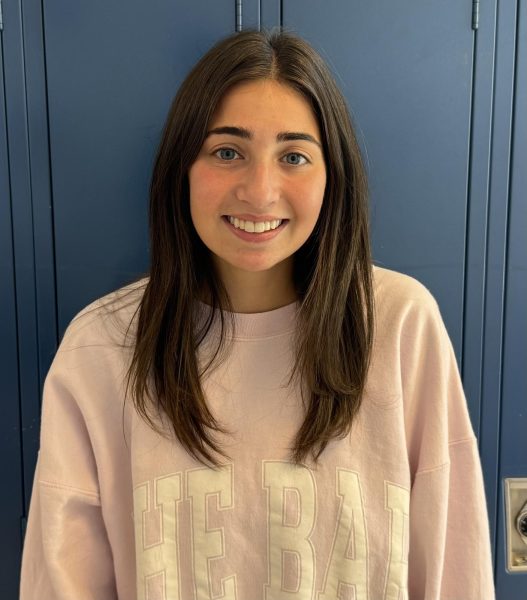It’s 3 p.m. on Sept. 29 and the Common Sense newsroom is buzzing. It’s press day: Print editors race to their computers to learn the new Affinity Publisher software that they will use to making pages, as managing editors compile orders for Starbucks, Panera and Chick-fil-a. The whiteboard in room 242 is filled with a list of the print editors: once they finish they will get to erase their name as they class cheers for them.
Divided among seven teams led by print editors-in-chief and managing editors, Common Sense staff write and produce daily content. Six times a year, print editors construct a 24-page magazine covering news, arts, profiles, opinion, features, reviews and sports. In previous years students worked with Adobe InDesign and Photoshop, however, this year the staff has switched to Affinity Publisher. “It was definitely hard at first getting to know our new software, but once I got the hang of it, it was super fun to decorate my page and really make it unique,” sophomore reviews editor Nicole Kaffee said.
Operating on a two-week cycle, staff writers pitch content at story meetings and select articles. Once team leads assign articles, staff writers begin in depth research, conducting interviews, taking pictures and writing their articles. Content goes through two rounds of edits before publication on the website, beginning with team leads and ending with English department resource teacher and Common Sense advisor Evva Starr.
As content is intended to interest this schools’ community, student voice is at the forefront of Common Sense, which is manifested into how editors are selected. “I make the decision myself and then I sit down with the outgoing editors-in-chief and discuss it with them and it almost always looks different than what I initially started with because the student editors see things about [staff members] that I don’t see so that’s really important to me,” Starr said.
A change this year is that the editorial board is composed of three online editors-in-chief, instead of one, in order to embrace the shift toward a digital-first mentality within the journalism industry. Each online editor-in-chief is focused on a different goal. Senior Cameron Cowen manages analytics and the website while senior Alex Grainger is responsible for updating sports scores and strategizing how Common Sense can win more awards as a publication, such as a School Newspapers Online (SNO) site excellence badge. Senior Rebekah Buchman launched a new initiative, a weekly newsletter aimed at increasing accessibility to content and streamlining it to readers in a digestible way. “Having people sign up for a weekly newsletter that is delivered to them with a curated list of our best articles of that week, I thought would be another way to get content to people in a way that was low effort on the readers’ behalf,” Starr said.
The editorial board includes a new position, bridge editor-in-chief, held by Emory Scofield. When constructing this years’ editorial board, Starr was concerned about the print and online staff feeling hierarchical or acting as two distinct groups. Scofield is responsible for ensuring there is seamless communication between the online and print staff.
Before entering newspaper, all students must complete Journalism A, a semester-long prerequisite class designed to teach students the fundamentals. After learning the ethics of journalism, photojournalism and how to write articles, the 28 Journalism A students will join the newspaper class in the second semester as ‘cubs.’ Journalism A consists of students across all grade levels, including six freshmen this year, who serve as the future of Common Sense. “My favorite thing I’ve done in journalism so far is interviewing. It’s really cool to see other peoples’ perspectives,” freshmen Journalism A student Brooks Greenberg said.
Common Sense adheres to high journalistic standards as it is important that students find trusted news sources and understand how to engage with what is going on in the world. “If you are not getting [a trust in the media] at the high school level, I don’t know when you get it. And then I worry I worry that you go out into the world as a human and you don’t know how to find out information. It worries me on a very big, macro level but my scope is small. I can’t run the world, I can only hope to affect this little, tiny piece of it,” Starr said.


![Editors-in-Chief Ahmed Ibrahim, Helen Manolis, Cameron Cowen, Alex Grainger, Emory Scofield, Hayley Gottesman, Rebekah Buchman and Marley Hoffman create the first print magazine of the year during the October press days. “Only a quarter of the schools in MCPS have programs that are like ours, a thriving, robust program. That makes me really sad. This is not just good for [the student journalists] to be doing this, it’s good for the entire community. What [student journalists] provide to the community is a faith in journalism and that continues for their lifetimes," Starr said.](https://woottoncommonsense.com/wp-content/uploads/2025/10/wmpoFTZkCPiVA3YXA4tnGoSsZ4KmnKYBIfr18p3l-900x1200.jpg)






